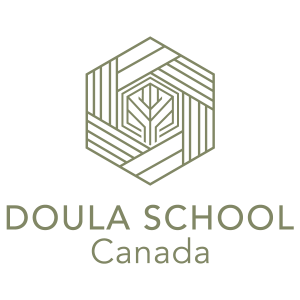By Samantha
In Anti-racism work, birth, Business, Canada, Childbirth Educator, collaboration, community, connection, Equity, fear, intersectionality, Postpartum Doula, pregnancy, reducing stigma, research, shame, Trauma, understanding bias, vulnerabiliity
Posted 

